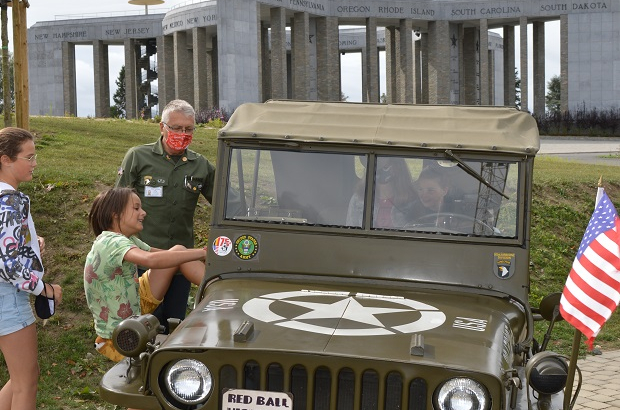- Daily & Weekly newsletters
- Buy & download The Bulletin
- Comment on our articles
Tourism in Belgium: Monuments and memorials to remember the fallen
WALLONIA
The 1944-45 Battle of the Bulge, as it’s familiarly known, scarred the province of Luxembourg in the south of the country.
The key commemorative site is the Bastogne War Museum, which lies on the outskirts of the Ardennes town alongside the Mardasson Memorial that honours fallen and injured US soldiers (pictured above). The museum itself is a lively and interactive presentation of the final large-scale offensive of the war.
Since opening in 2014, it has continually grown its collections to offer a complete and modern contextualisation of WWII. Temporary exhibitions complement permanent displays alongside more than 70 display cabinets. At the end of the visit, the public is greeted by a life-size replica of the US fighter aircraft P51 Mustand (pictured below).

Another of the museum’s popular attractions is Discover Bastogne War Museum & Outdoors, which includes jeep tours of the area. A restaurant, terrace and museum shop complete the extensive facilities that are designed for a wide public, not just history buffs.
In addition to signposted walks (from six to 20kms) of the region, visitors can also take a stroll in the neighbouring Peace Wood, where 4,000 trees were planted by children to honour the fallen in 1974.
The town of Bastogne, which underwent siege during the battle, is littered with remnants of its bloody past, from museums and refurbished barracks to an American Sherman tank and statue of General McAuliffe gracing its centre.
The Musée de la Bataille des Ardennes in La Roche-en-Ardenne also brims with artefacts from the battle and while including a British section, in addition to American and German relics and displays.
Lying near Bastogne, the Recogne military cemetery contains the remains of 6,807 German soldiers who died in the Battle of the Bulge. It features a chapel built from pink sandstone with internal slate walls.
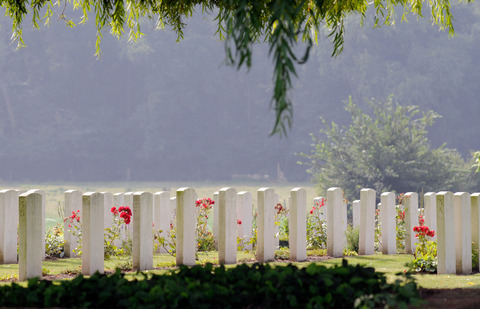
The area around Mons in the province of Hainaut played a significant role in both the first and second world wars. Ouside the nearby village of Saint-Symphorien (pictured) is a small woodland military cemetery laid out on an old mine which mixes German and British graves, including those of the first and last Commonwealth soldiers killed in WWI.
Meanwhile, the Mons Memorial Museum, which is dedicated to World War One and remembrance, invites visitors to reflect on the wider phenomenon of war. Exhibits focus on the relationship between civilians and the military.
The Mosane city of Huy is home to a moving memorial to the resistance movement and concentration camps of World War Two at its fort and museum. Built by the Dutch in the early 19th century on the site of an ancient castle, it served as a detention camp for the German army between 1940 and 44. Temporary exhibitions and other activities are regularly organised at the scenic site. Escape games with a WWII theme are a new attraction.
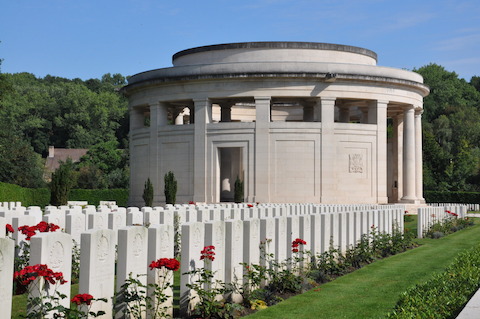
Plugstreet 14-18 Experience in Comines-Warneton by the Flemish border is a World War One interpretation centre focused on the lives of soldiers and local civilians. The semi-buried centre evokes life in military tunnels and trenches and the June 1917 battle of Messines Ridge, among others. A memorial commemorates more than 11,000 lost Commonwealth soldiers.

Loncin Fort symbolises Liège’s heroic resistance at the beginning of World War One; the triangular semi-buried military fortress – for many years a necropolis – is an evocative site and memorial to hundreds of soldiers who lost their lives in its final battle in 1914 (pictured).
It’s one of 16 fortifications surrounding the city, constructed in 1914, 1916 and 1940 as a barrier to enemy troops. In recognition of the effort and sacrifice of its soldiers, Liège was the first Belgian city to receive the Legion of Honour outside of France. It’s why it is home to the unique symbol of the Inter-Allied Memorial in the Cointe area of the city, overlooking the Guillemins train station.
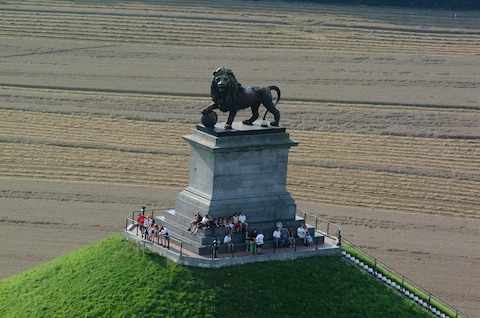
Belgium’s most famous – or at least oldest – battlefield must be the historic site of Waterloo. This was the location of the final combat of the Napoleonic Wars under the emperor Napoleon Bonaparte that ended French rule over the European continent. It’s considered one of the most decisive actions in modern history.
From scaling the Lion’s Mound to visiting the newly refurbished Memorial Battle of Waterloo 1815, there’s plenty to discover and fill a day out. As well as the anniversary of the battle in June with its colourful reenactments, the centre organises numerous activities, particularly during the school holidays.
It’s also a large-scale domain with numerous sites to visit. They include Hougoumont Farm, which boast a multimedia installation, and Wellington’s bivouac. Restaurants and a brewery entice visitors to linger a while. Coming up this autumn is Expo Abba. From Waterloo to the World (from 23 September).
FLANDERS
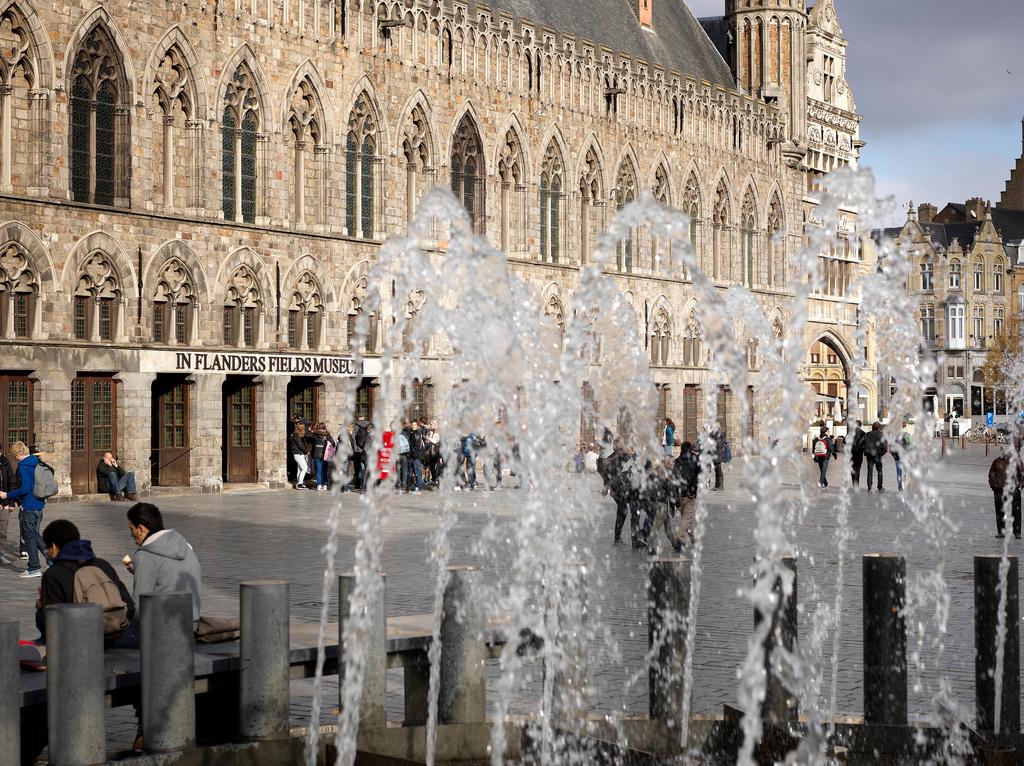
In West Flanders, towns cities and vast stretches of rural countryside bear testimony to the ravages of World War One, and in particular, the 1917 Battle of Passchendaele. The three most visited sites in the region are the Passchendaele Museum in Zonnebeke (formerly Tyne Cot Cemetery), the Menin Gate in Ypres – the site of the Last Post ceremony – and the In Flanders Fields Museum, also in Ypres (pictured).
The latter occupies the former cloth hall and provides context to the four years of fighting that blighted the area. Ypres was the epicentre of the bloody conflict and completely obliterated during the war. It was painstakingly reconstructed in the ensuing years.
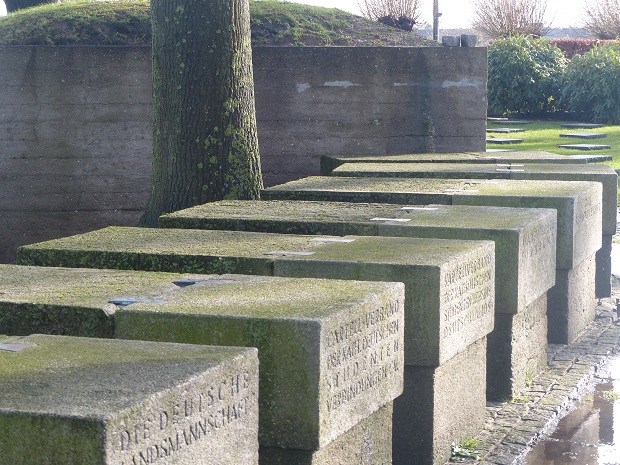
Among the many poignant memorials and museums in the region, the most melancholy is the Langemark German military cemetery (pictured). Four bronze statues of mourning soldiers watch over the mass graves of more than 44,000 fallen servicemen.
A humble landmark in the battlefields of Flanders, the Christmas Day Truce Memorial lies on the edge of a field near the hamlet of Saint-Yvon: a simple cross marking the spot where troops from both sides laid down their arms for an impromptu football match in No Man’s Land on Christmas Day 1914. A new memorial to the event by sculptor Andrew Edwards is near the tourist office of Messines.
Other important sites and memorials in the area include Hill 62, Hill 60, Essex Farm, Artillery Wood, Polygon Wood and Messines Ridge. Many of them are commemorated annually by the embassies of nationals killed in the conflict.
One of the best ways to explore all the places of historical and military importance is to join a battlefield tour. Numerous organisations and individuals run guided visits. And each year on 11 November, commemoration ceremonies are held across the region.
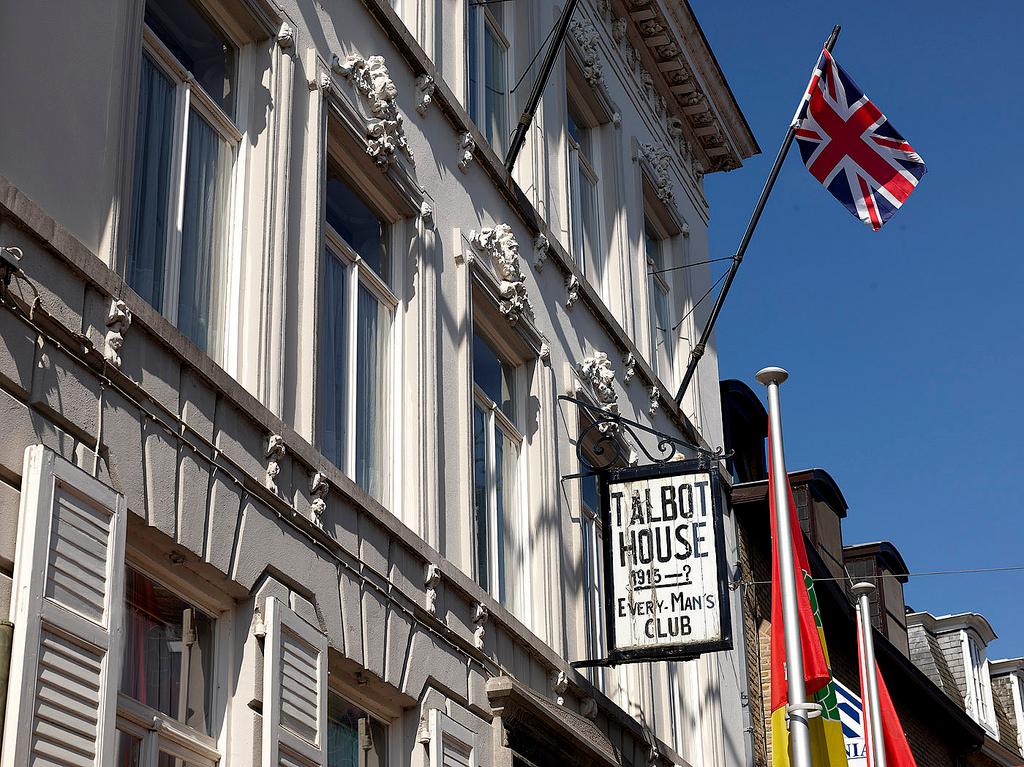
It was once a place of refuge for the British army from trench warfare. Today, Talbot House in the former garrison town of Poperinge welcomes tourists for a glimpse of the respite it offered weary soldiers of all rank. The house, museum and gardens provide an authentic insight into wartime life.
For a saunter back in time to Belgium’s wartime exploits, head to Haacht’s anti-tank ditch. It’s possible to wander along a 3km concrete wall that was once part of the 400km K-W defensive line, built from 1939. The 3.5m-high wall is flanked by a ditch with several locks and dams, lying partly in a nature reserve.
This article was updated in August 2023.
Photos: Saint Symphorien military cemetery 14-18 (c) Carpentier







